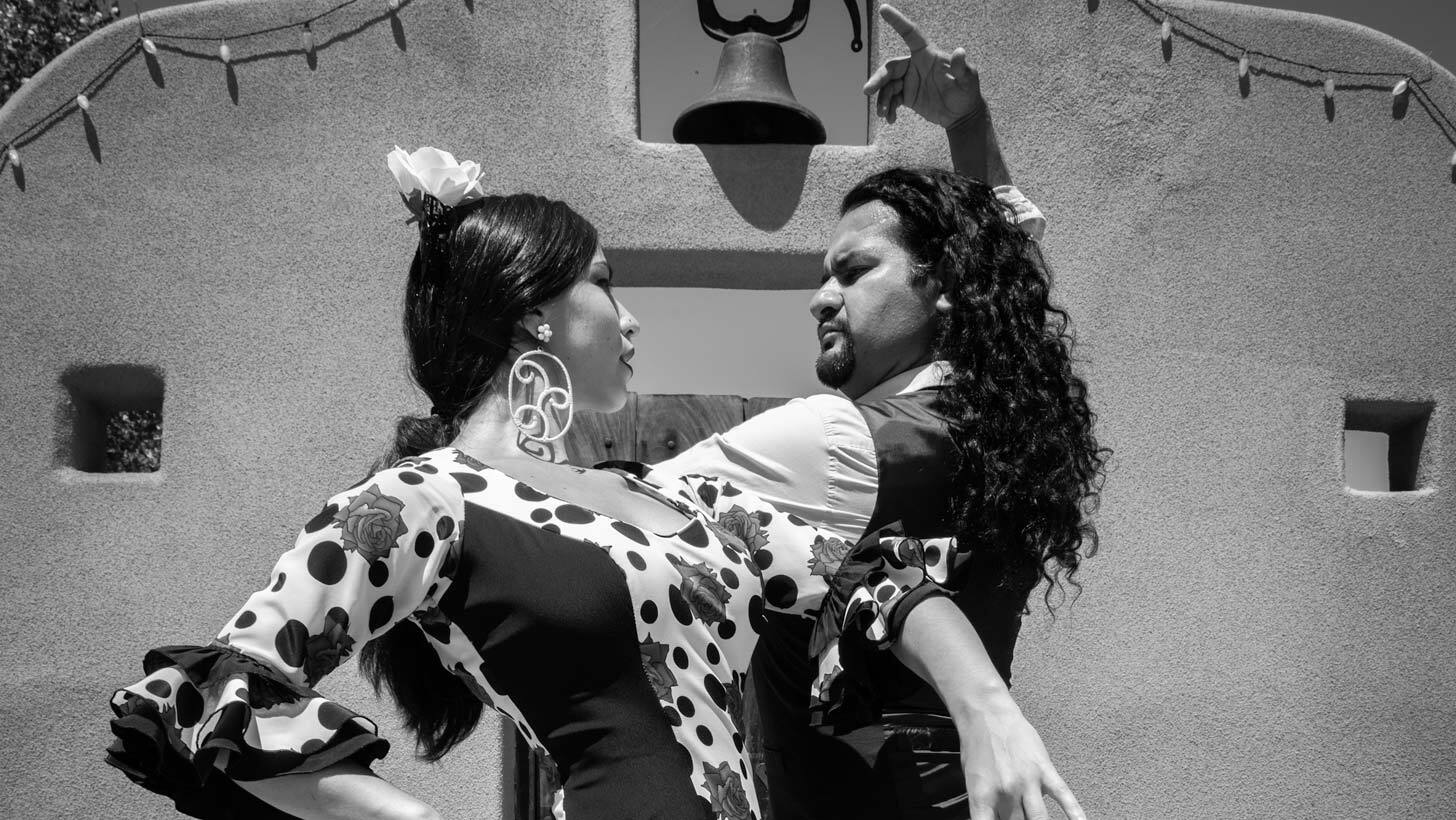Flamencografia
Exhibit and performanceNov. 3, 6:30pmCasa Perea Art Space4802 NM 448, Corrales$50 general admissionArts Interview: Flamencografia
Flamenco Through The Lens Of Jared Kellogg


Jared Kellog








